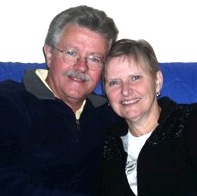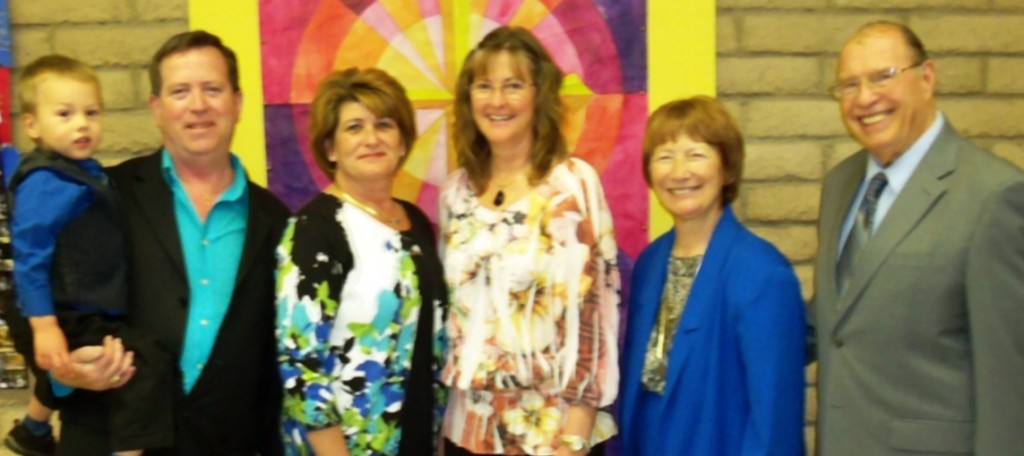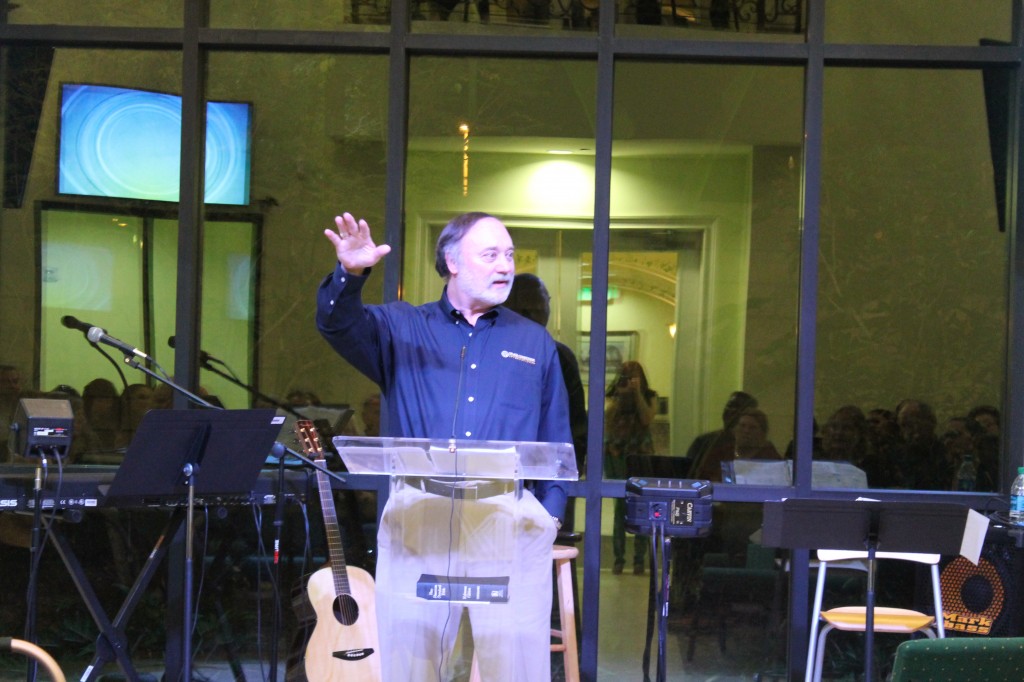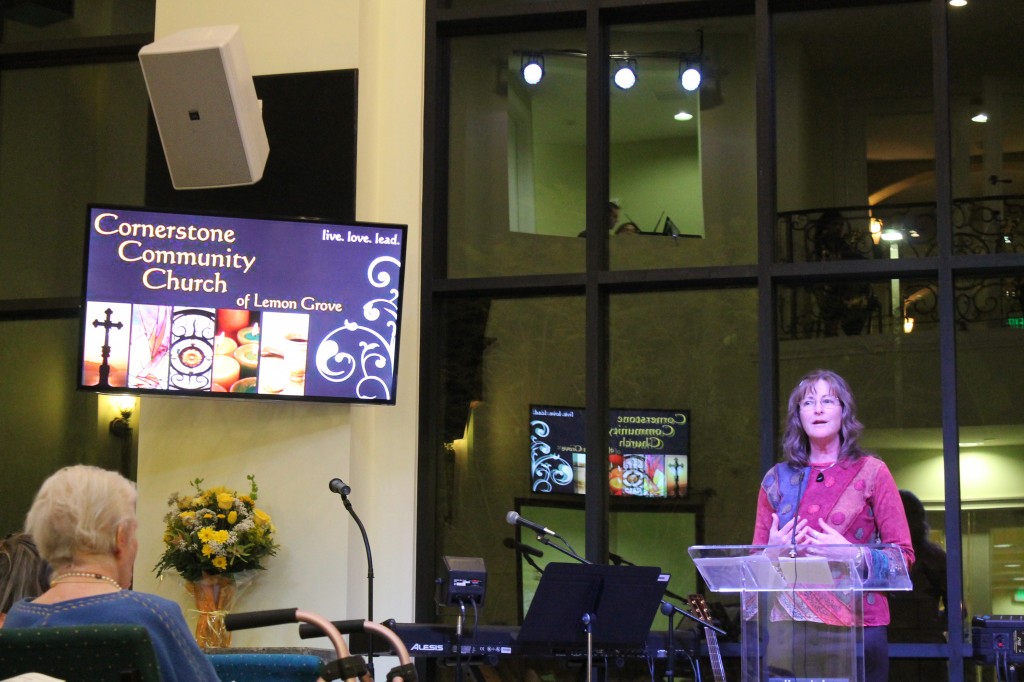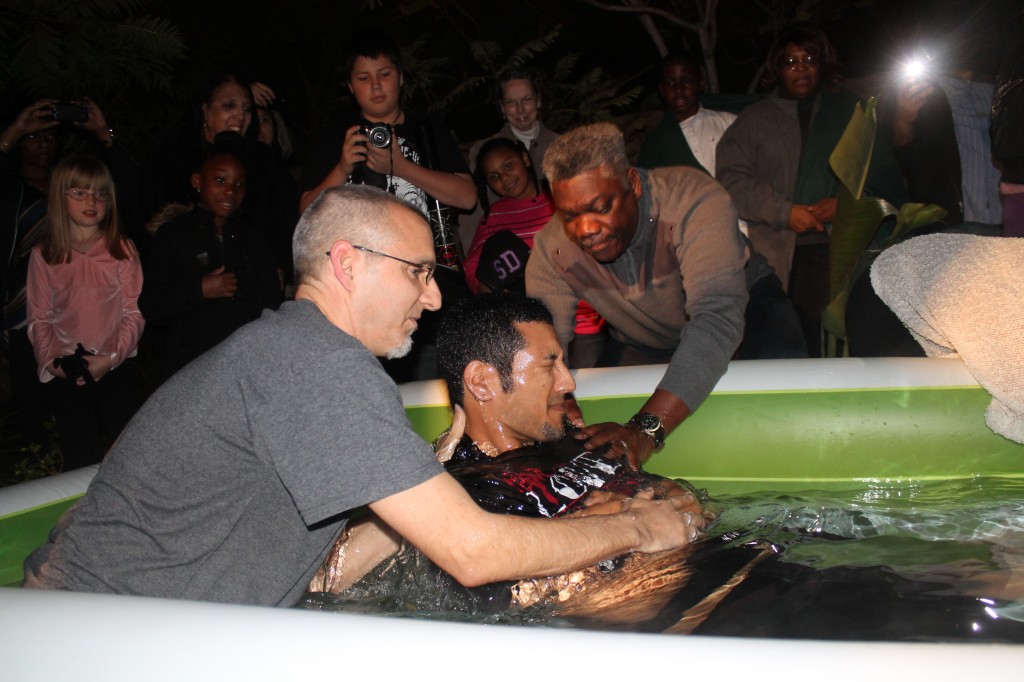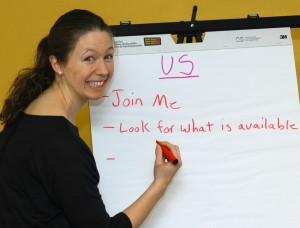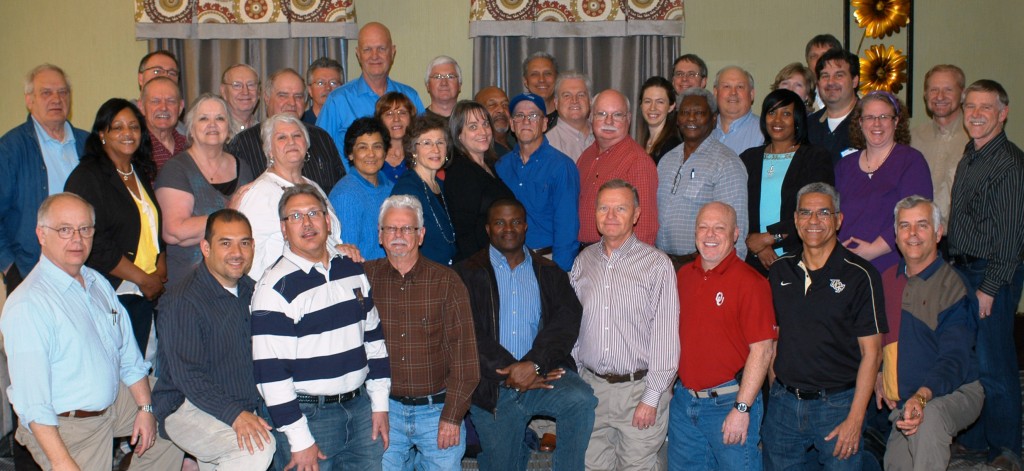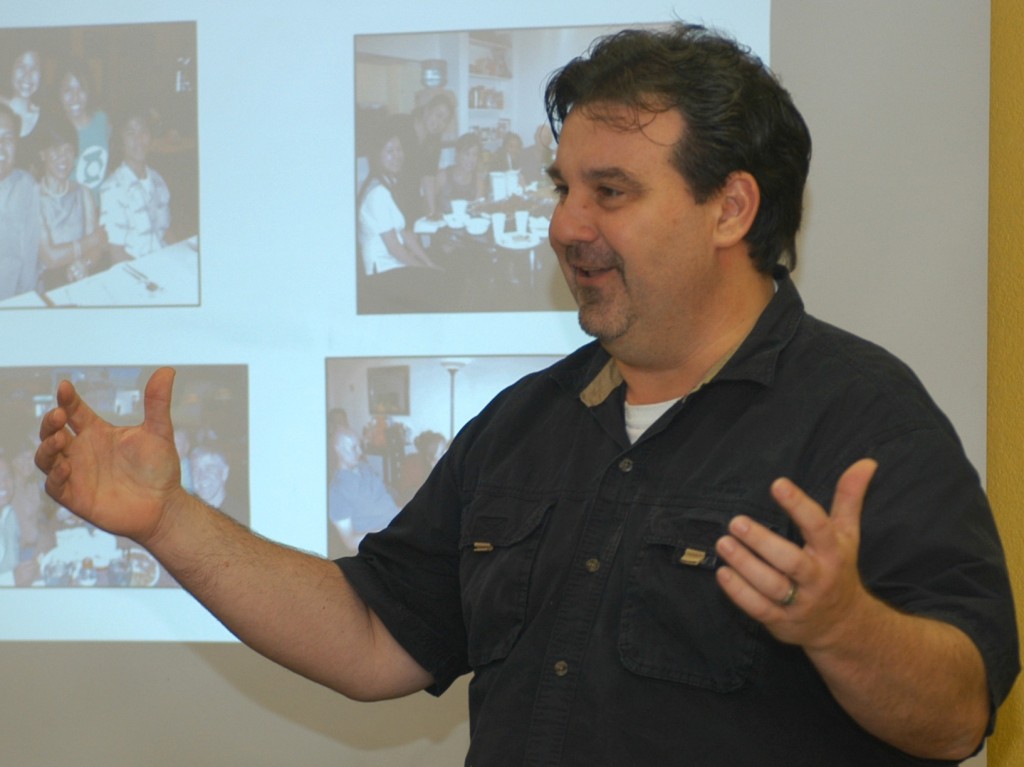Dear Brothers and Sisters in Christ,
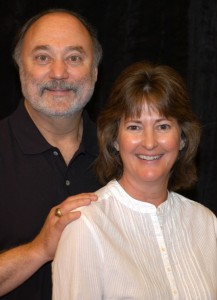 Thomas Edison once said, “There is no expedient to which a man will not go to avoid the labor of thinking.” My grandfather would have agreed.
Thomas Edison once said, “There is no expedient to which a man will not go to avoid the labor of thinking.” My grandfather would have agreed.
Conversations with my grandfather were always entertaining. Although he did not go to college, he was quite smart—he could read and write in seven languages. As a journeyman tool and die maker he often worked with college graduates. Grandpa was astonished that though some of them were graduate engineers who studied calculus, they were unable to set up the tool and die machinery on which they worked. He would say that their years in college made them “educated idiots.”
Some of my relatives worried that Grandpa was dissuading me from going to college. They warned me that he was “old school.” Actually, he encouraged me to pursue higher education, but he did not want me to become an educated idiot.
I did go to college, eventually earning a doctorate. Rather than learning to use machine tools, I learned to use the most valuable tool of all—Holy Scripture. I’m not saying I have it all figured out, but I learned that there are right and wrong ways to read the Bible. Some of this I learned through academic training—so I am not denying the value of that. However, the most important lessons about reading the Bible have come through experience.
I learned that one of the wrong ways to read the Bible is what I call the Robert’s Rules approach. Robert’s Rules as you may know, is the recognized authority governing the conduct of meetings and assemblies according to parliamentary procedure. It covers just about every contingency, allowing a meeting to be conducted with order and fairness. Some people look at the Bible like that. They see it as God’s Rule Book, and believe all the problems of humanity stem from not following those rules.
Of course, the Bible does contain rules. There are commands to wash one another’s feet, to remain isolated for a month after childbirth, to not wear jewelry, to trim one’s beard in only a certain way, and many more. Of course, you can’t keep all these rules even if you can remember them. How many of us greet everyone with a “holy kiss”? How many of us build parapets on our roofs?
All of us are selective about which rules we obey and which we ignore. At some level, we realize that certain rules are more important and applicable across all time and for all people than others. But some who worry about this try to specify exactly what is required so as to avoid violating any of the rules. The problem with that approach is that it leads to losing touch with the heart and character of God, thus failing to see God’s overriding purpose to be in close, loving relationship with his people. That legalistic approach leads to think that a relationship with God can be reduced to a list of rules. Reading the Bible from that perspective is a sure-fire way to miss the point.
Another wrong way to read the Bible is what I call the Nostradamus approach. It presumes that the Bible’s purpose is to give us detailed prophecies of how world events will unfold in the next few years (it’s always “the next few years,” no matter when you live). You take the Bible in one hand and the newspaper in the other, and try to interpret the “signs of the times” from the news of the day. This too leads to missing the point, which is that the purpose of prophecy is to point to Jesus Christ and his work of reconciling all humanity, in every age, to God. The point of prophecy is to help us hope and trust in God, knowing that all of history is in his hands.
Another wrong way to read the Bible is what I call the Rubik’s Cube approach. It sees the Bible as a giant puzzle to be decoded. Just as a Rubik’s Cube has several color cubes that must be twisted and turned until they go together properly, some mistakenly think the Bible should be contorted into systematic topics, such as a divinely approved diet, the only correct “sacred calendar,” or a universal dress code. Some actually take this to the extreme of looking for coded messages buried within the Bible’s text.
Of course, the worst way to read the Bible is to combine these wrong approaches. I need not elaborate—many reading this have personal experience with viewing Holy Scripture through this terribly distorted lens.
God’s story—our story
So how do we correctly read and use the Bible? The key, I believe, is viewing Scripture as an encounter with God in history. We have to understand that the Bible uses many literary devices and genres, with multiple layers and mini-stories that yield a single Grand Story telling us who God is and the relationship he desires with us.
Some of this can be learned academically, and we should value sound scholarship. However, it is not just a case of knowing ancient languages, or being able to ponder and argue profound philosophy. Do that and you run the risk of becoming one of my grandfather’s educated idiots.
What I have come to learn from experience is that to really understand the Bible, I must become a part of the story—seeing God’s story as my story and finding my place in it. The Bible is not just a collection of stories and prophecies from another age. It is about our relationship with God—here and now. It isn’t just a story to read, but a story that we live.
Gary Deddo is preparing a series of articles on how to study and read the Bible from this perspective. We will begin to publish the series here in GCI Weekly Update, beginning after Easter. I think you will find it eye-opening and inspiring.
With love in Christ’s service,
Joseph Tkach

